Once having a period of brilliant development, the three giants of Gia Lai mountain town including Hoang Anh Gia Lai (HAG), Quoc Cuong Gia Lai (QCG) and Duc Long Gia Lai (DLG) are facing a series of difficulties and debts.
Bad business
Duc Long Gia Lai is probably the name that is being mentioned the most when the Gia Lai Provincial People's Court has just decided to open bankruptcy proceedings. The incident occurred when Lilama 45.3 Joint Stock Company submitted a petition to the court requesting to open bankruptcy proceedings against DLG regarding a debt of about 18 billion VND.
The company said it had filed a complaint, requesting the suspension of the Gia Lai Provincial People's Court's decision. The company's leader added that DLG is a listed company with nearly 50,000 shareholders and operates normally according to the law, with assets of about VND6,000 billion and sufficient financial resources to pay debts to partners. Lilama 45.3's debt therefore accounts for only about 0.3% of the group's assets.
The predecessor of Duc Long Gia Lai was a wood factory established in 1995, specializing in wood processing for domestic consumption and export. The factory was originally located on a 9,700 m2 plot of land and had a semi-automatic manual wood processing line.
After nearly 30 years of operation, this mountain town tycoon has developed into a multi-industry corporation, with traditional sectors such as wood, granite, mining, bus stations, hotels... to new sectors such as real estate, energy, electronic components, traffic infrastructure...
DLG recorded its peak business in the period 2015-2018 and started to decline since 2019. The company had the largest revenue in 2018 with over 2,900 billion VND and the highest profit in 2015 with over 81 billion VND.
However, in recent years, the company has faced many challenges. Financial indicators have seriously declined, typically the huge loss of 930 billion VND in 2020 or the loss of nearly 1,200 billion VND last year.
The Group has not paid most of its debts as they fall due, including bonds, bank loans and other loans. This leads to the existence of a material uncertainty that may cast doubt on the Company's ability to continue as a going concern.
DLG started listing its shares on the stock exchange in June 2010 with a market price of around VND20,000/share (dividend adjusted), while the current market price is only around VND2,300/share, meaning a loss of nearly 90% of its capitalization value.
Another tycoon, Quoc Cuong Gia Lai, is also involved in a lawsuit. This real estate company has had cash flow problems of VND2,882 billion with its partner Sunny Island for many years, which still persists to this day.
Quoc Cuong Gia Lai originated from Quoc Cuong private enterprise established in 1994, specializing in exploiting and processing wood for export, buying and selling and exporting agricultural and forestry products and coffee, and importing and exporting fertilizers. The company entered the real estate sector since 2005.
Quoc Cuong Gia Lai is currently a multi-industry business unit from flooring products, interior, coffee and rubber export, investment in construction of luxury apartments, land for townhouses, villas, complex residential areas, hydropower construction... In which, the main source of revenue in recent years is mainly from real estate and hydropower.
The company recorded its best results in the 2017-2018 period with profits reaching hundreds of billions of VND. Business performance then gradually decreased when it was involved in a lawsuit with Sunny Island and the real estate market fell into a slump.
In the first half of this year, the company founded by Ms. Nguyen Thi Nhu Loan even recorded a shocking 68% drop in sales to VND211 billion, resulting in a loss of VND13 billion. This result caused QCG shares to be officially banned from margin trading.
Meanwhile, Hoang Anh Gia Lai, associated with the name of Mr. Duc, also started from a small workshop producing wooden furniture in the 1990s. The company then developed into large wood factories, expanded its market abroad, entered the real estate market, planted industrial trees, and even raised livestock and cultivated crops.
During its peak period from 2008 to 2014, HAG recorded profits exceeding thousands of billions of VND and helped Mr. Duc become the richest man in Vietnam at one point. Business performance then began to decline, signaling that HAG was falling into serious crises.
Mistakes in real estate business strategy, switching to rubber trees or dairy farming caused businesses to suffer, the most serious being the huge losses of thousands of billions of VND in the period 2016-2020, making HAG one of the businesses with the highest accumulated losses in the market.
In recent years, Mr. Duc's business has been continuously restructuring to transform, in order to regain its former glory. The proof is that HAGL has made profits for two consecutive years, even making a profit of 1,125 billion VND last year to relieve some of the pressure of debt and accumulated losses.
From the glory of the mountain town to "debt lord"
The common point of the 3 mountain town tycoons above is that they started out in the timber trade, then rose quickly and then fell into different crises. From glorious businesses from Gia Lai, these businesses now, when mentioned, people immediately think of huge debts.
For Duc Long Gia Lai, the company recorded a total asset size that peaked at over VND8,700 billion in 2018, but then sharply narrowed to about VND5,600 billion at the end of last year. Similarly, the debt size peaked at VND5,200 billion in 2018 (equivalent to 60% of assets) but by the end of last year it was still VND4,500 billion (equivalent to 80% of assets). Of which, financial debt was VND2,946 billion.
The report at the end of last year showed that the group had not yet paid most of its loans and debts due to banks and partners, with the total overdue debt exceeding VND2,180 billion. Meanwhile, on the contrary, the group lent VND2,257 billion to individuals and organizations without collateral.
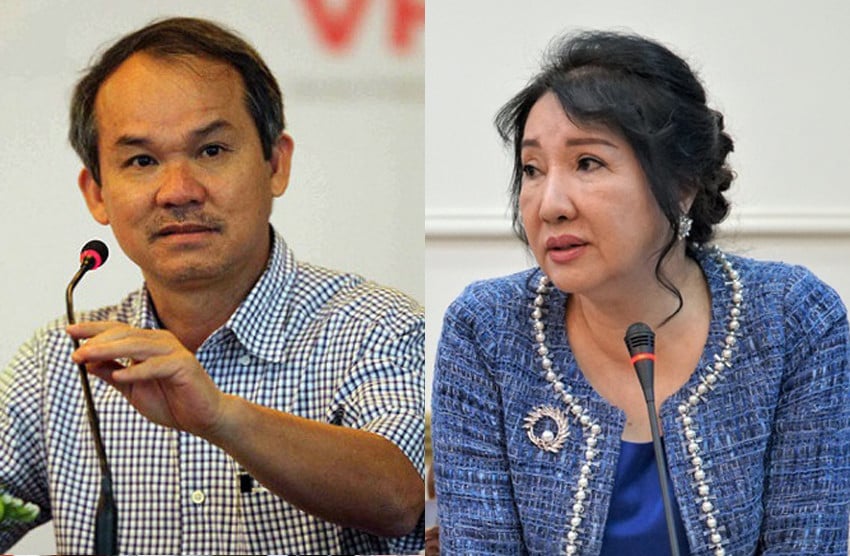
Quoc Cuong Gia Lai also faces a large debt situation with the debt/total assets ratio maintained at 50-60% in recent years. For example, total debt at the end of last year was still VND5,610 billion, equivalent to 56% of total assets.
Mr. Duc's HAGL has the largest debt balance with total liabilities of up to 14,600 billion VND, equivalent to 74% of total assets at the end of last year. This includes financial debt (bank loans, bonds, other companies) with a value of more than 8,165 billion VND.
Debt is one of the main reasons why HAGL has fallen from a business with profits of thousands of billions of dong into the abyss. Although Mr. Duc's company has been continuously restructuring in recent years, it is still in the process of reducing debt and gradually eliminating accumulated losses. The path to regaining its former glory is still very bumpy.
Recently, HAGL continued to sell a hotel in a prime location in Gia Lai to prioritize bond debt payment, and at the same time planned to offer 130 million individual shares to raise money to pay the principal and interest of the bonds.
Mr. Duc also showed great determination in the debt restructuring process when he said: "I am determined to clear everything to avoid gossip. I am a person who is very conscious about debt and will pay off all debt. It can be said that no one feels about debt like me, because I used to owe a lot of debt."
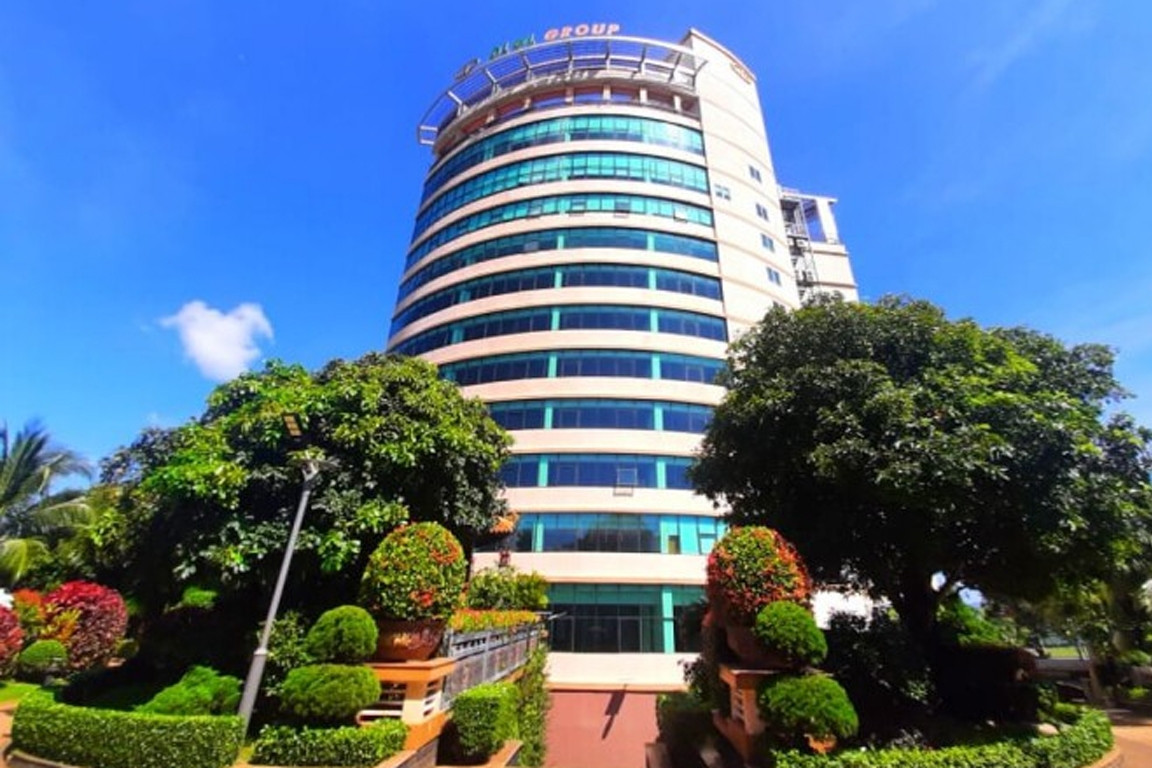
Source







![[Photo] General Secretary To Lam attends the 80th Anniversary of the Cultural Sector's Traditional Day](https://vstatic.vietnam.vn/vietnam/resource/IMAGE/2025/8/23/7a88e6b58502490aa153adf8f0eec2b2)

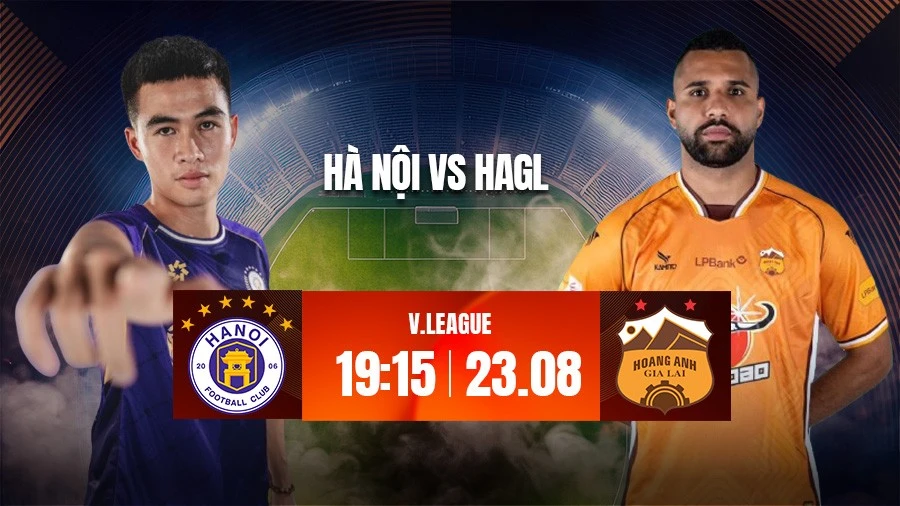

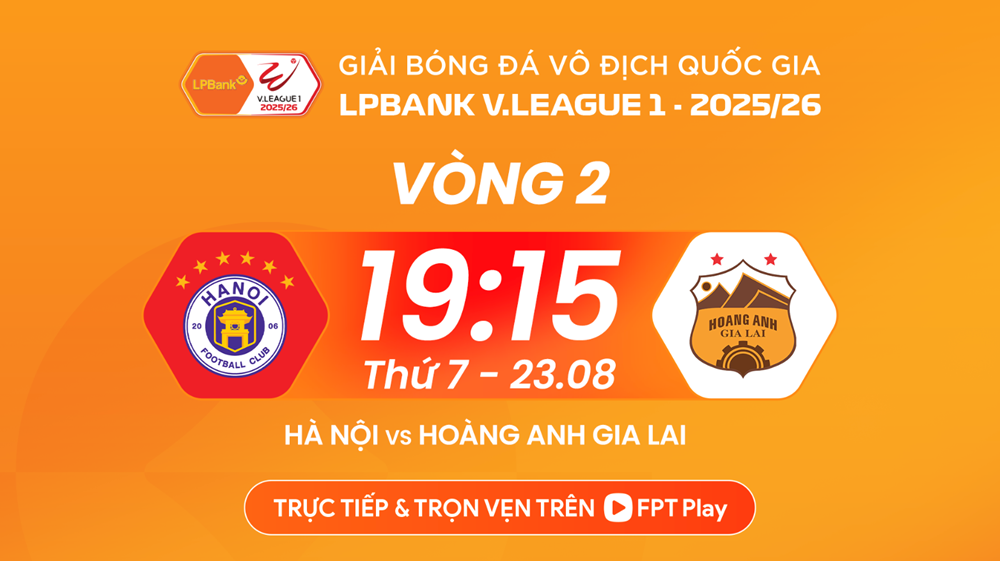

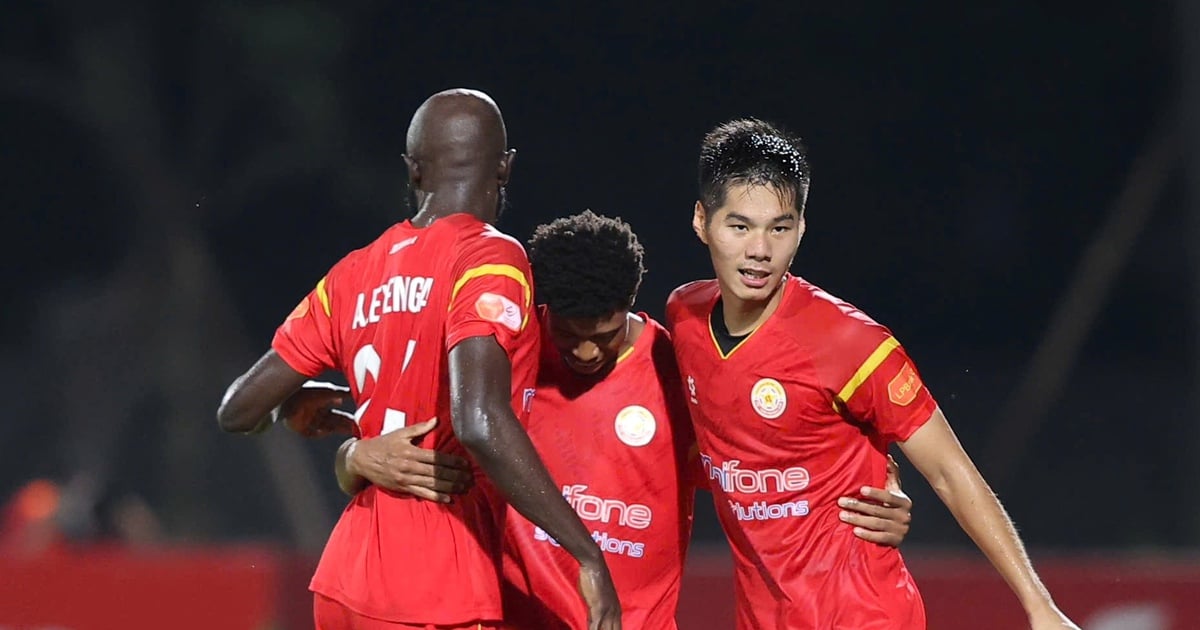

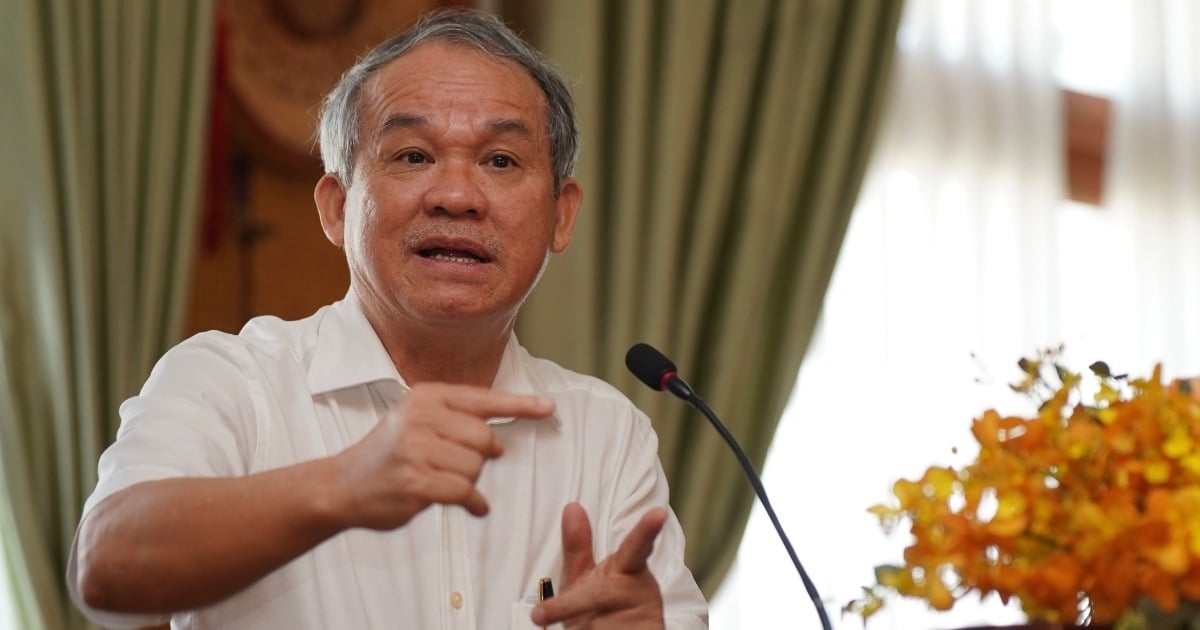

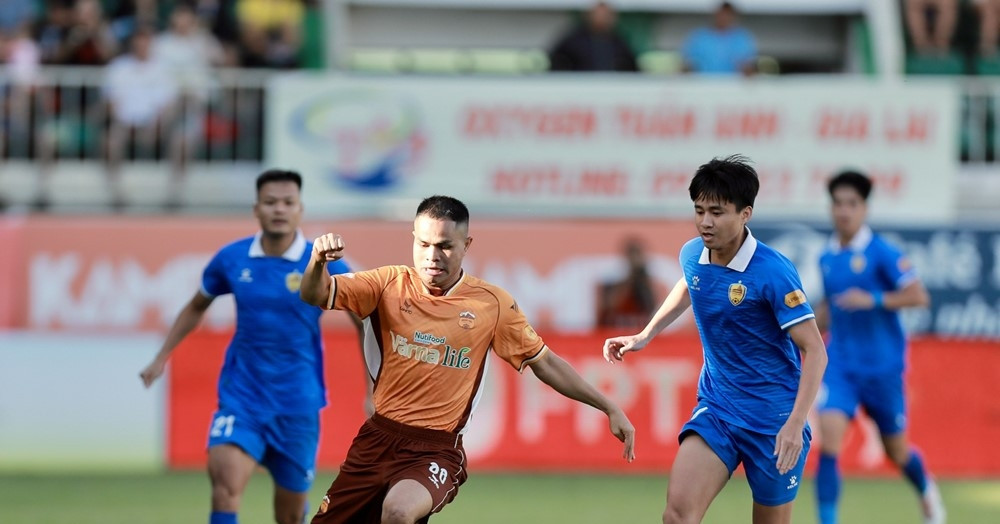
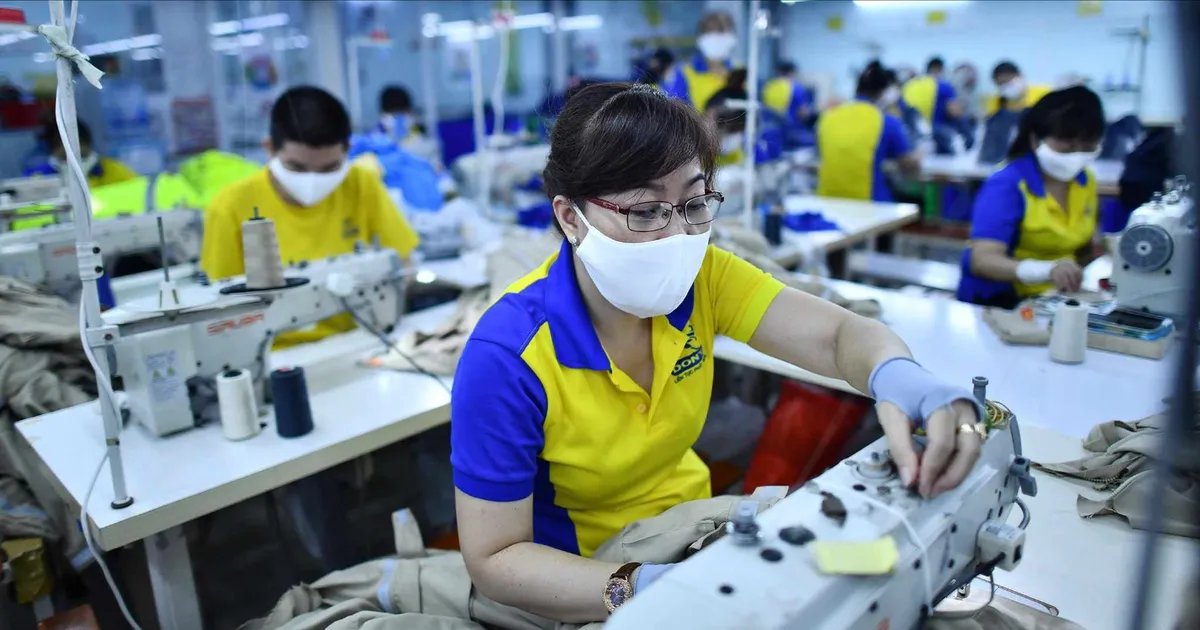

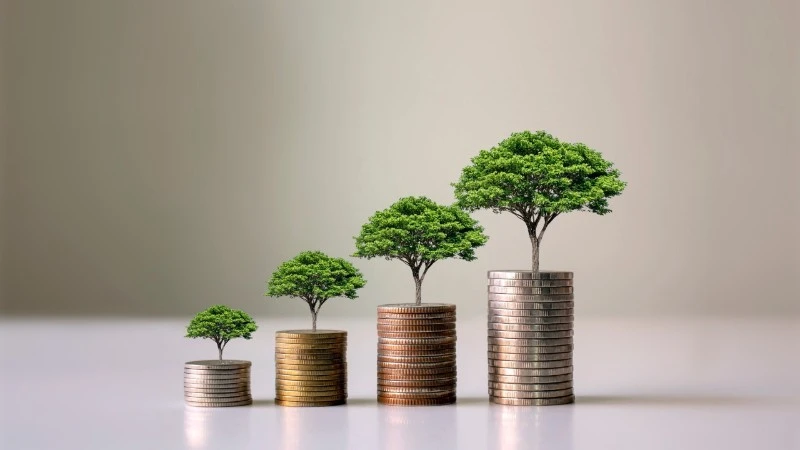

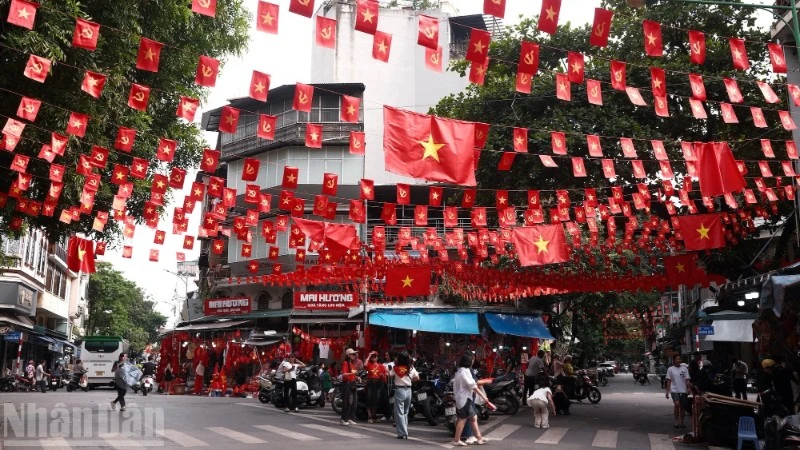
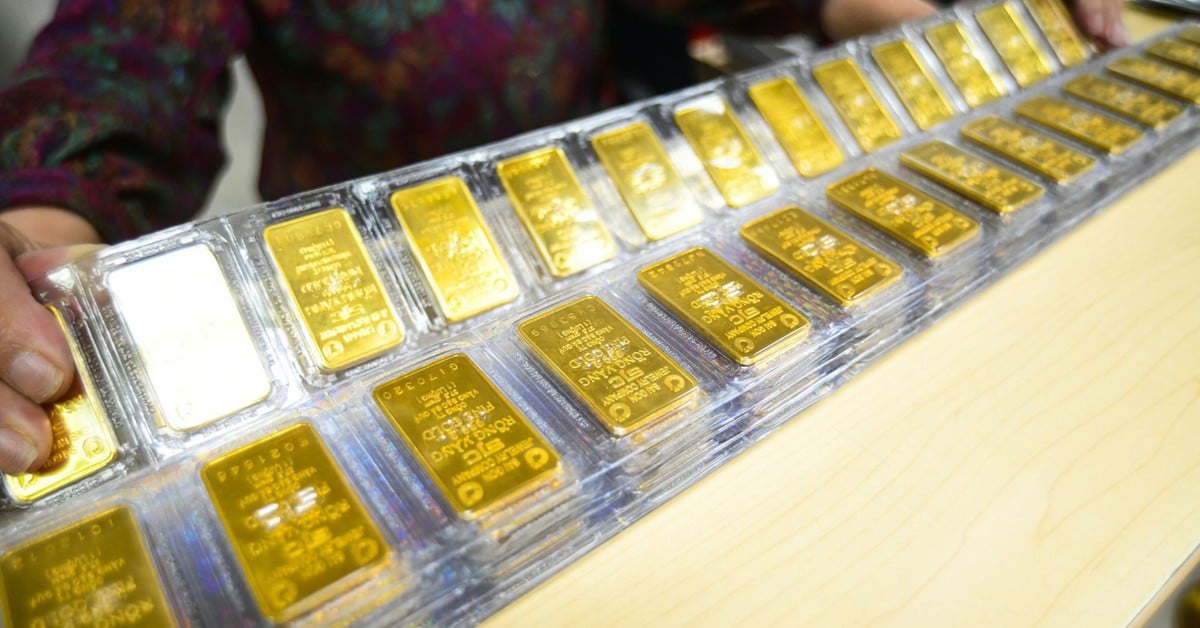

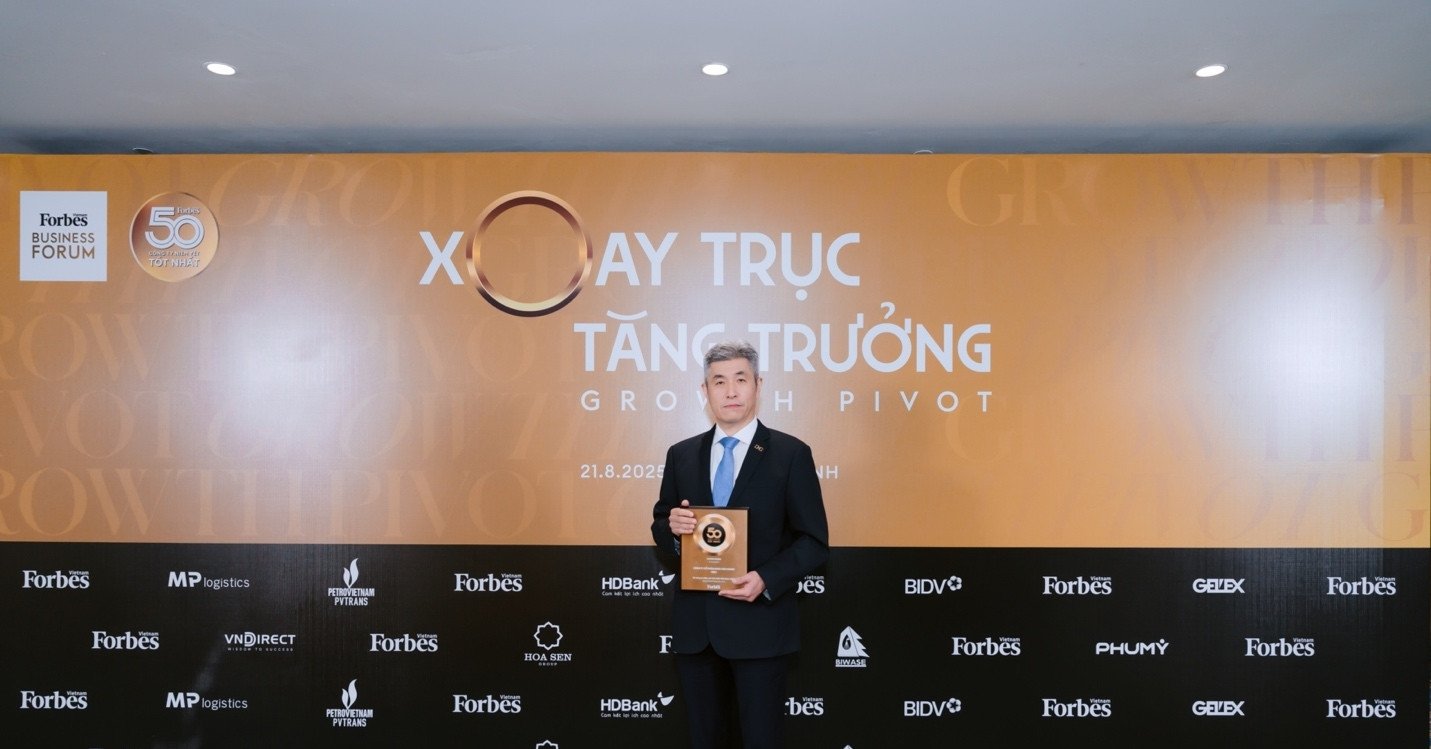
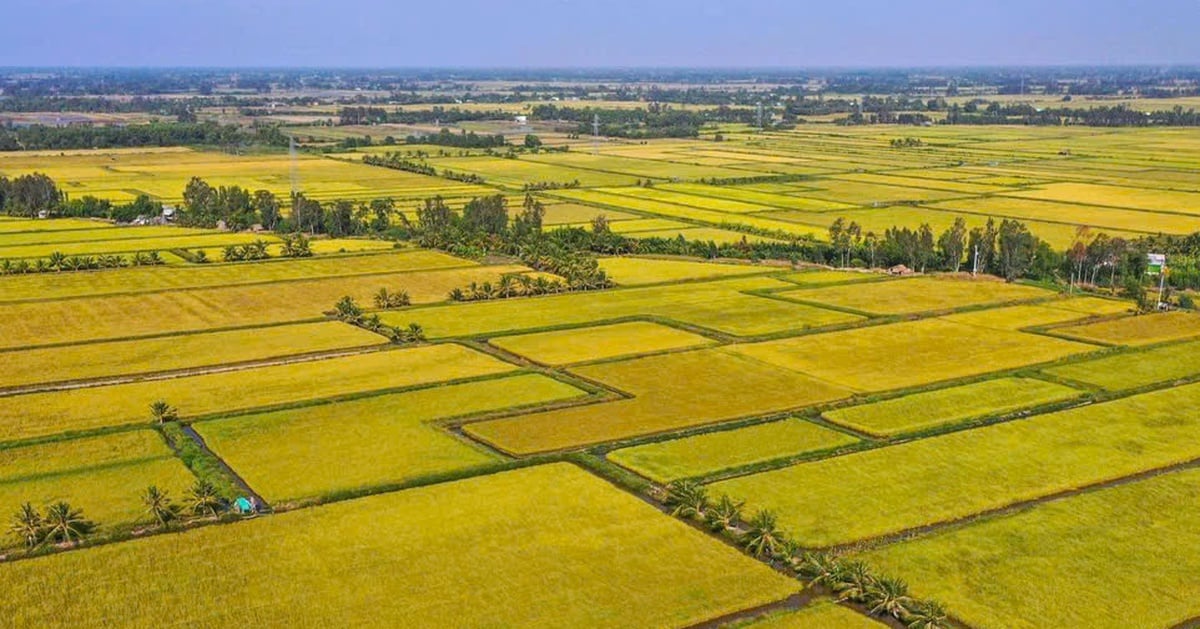





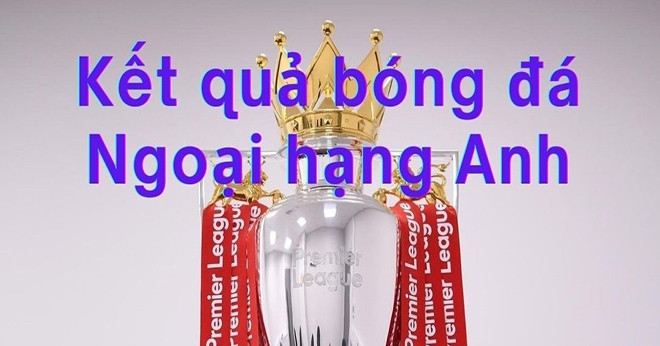
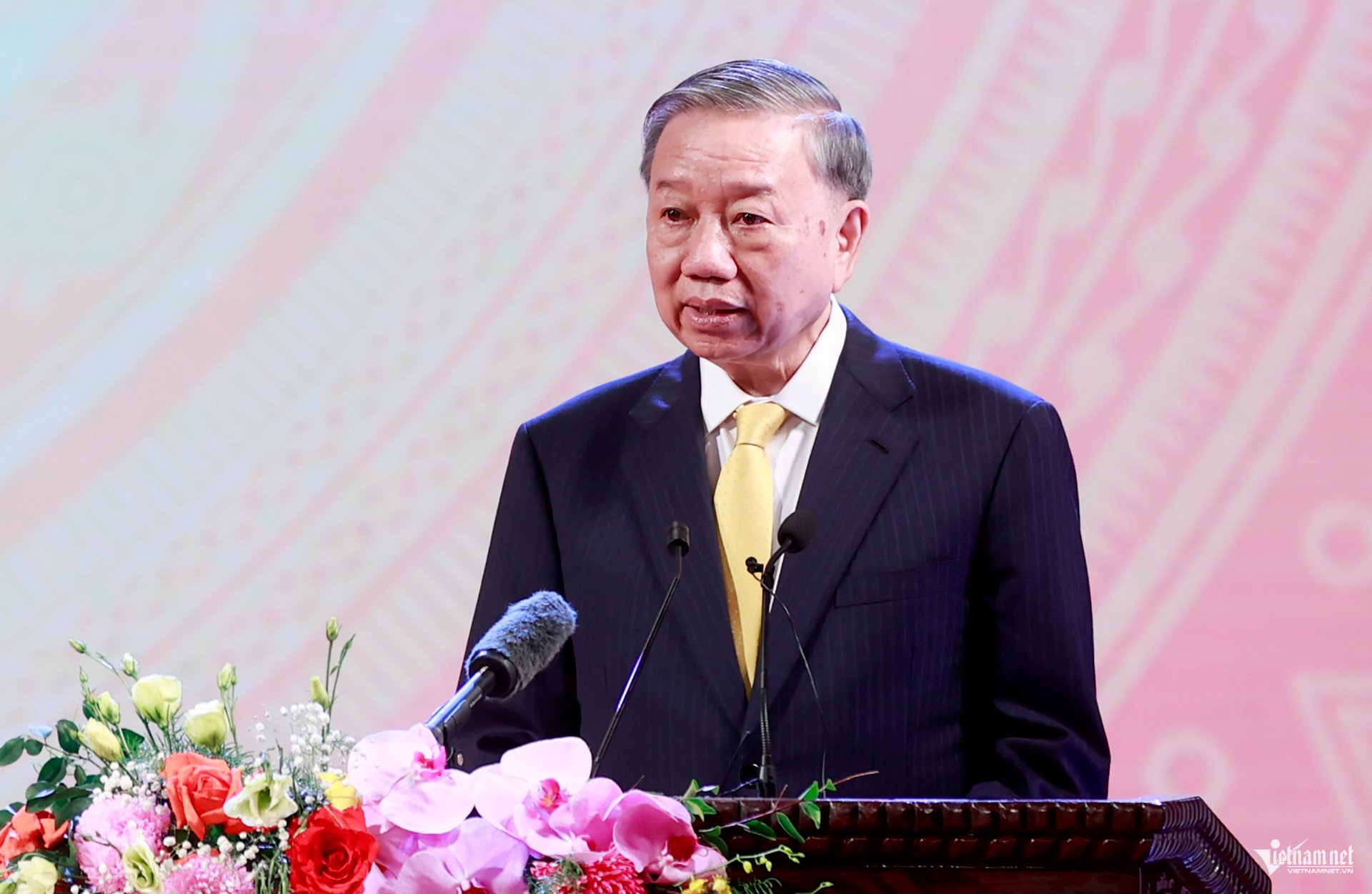


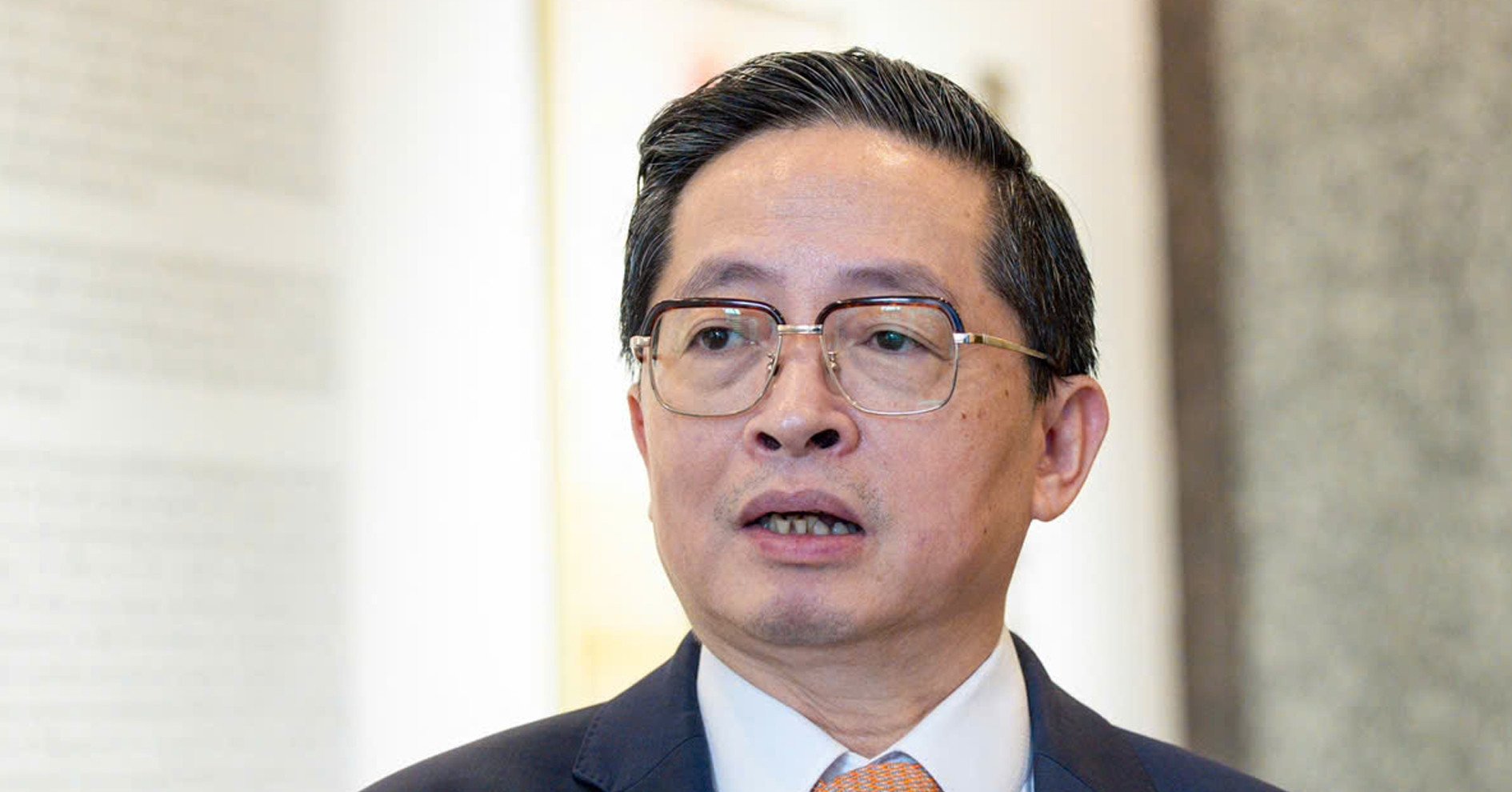
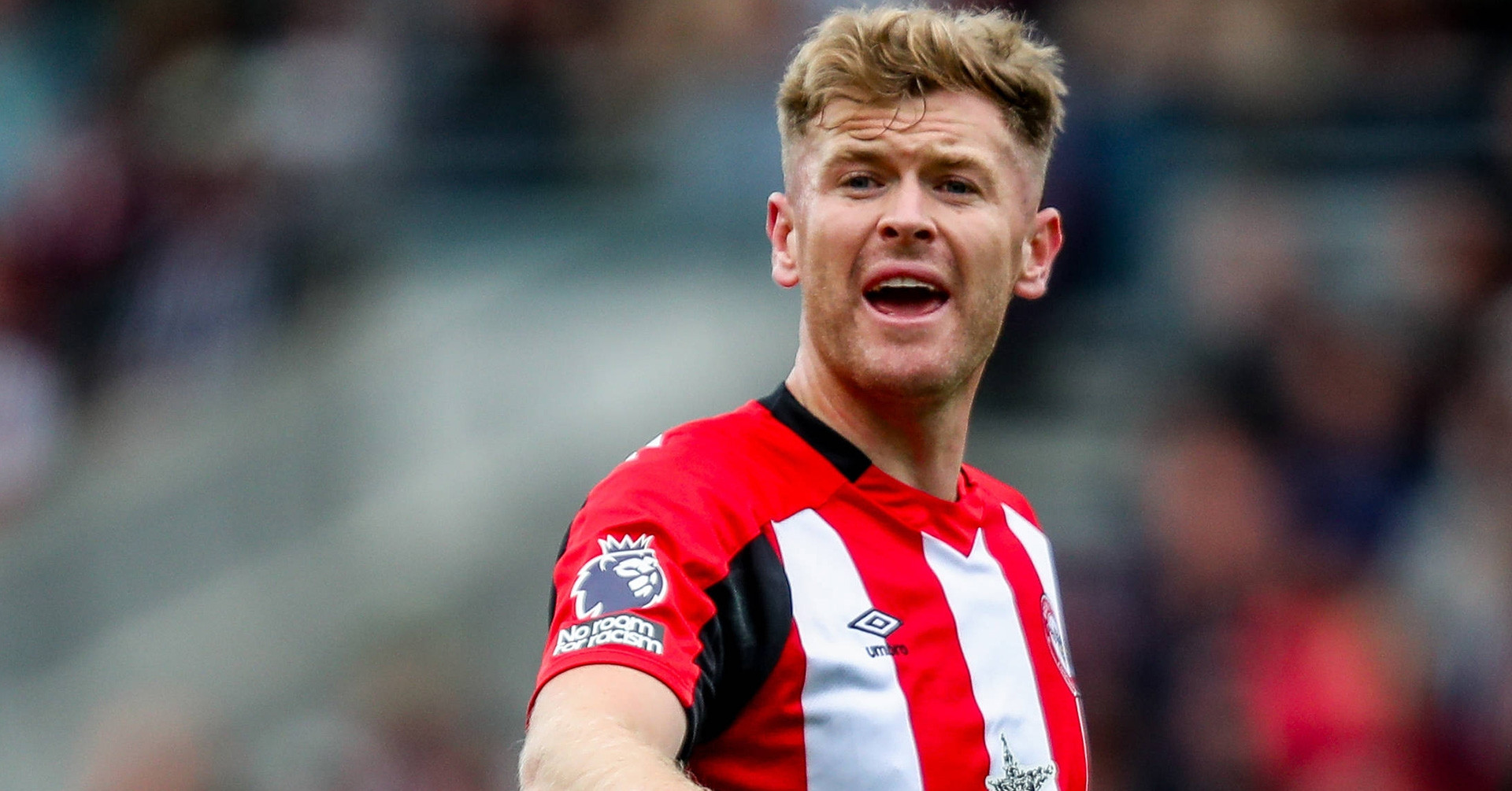






































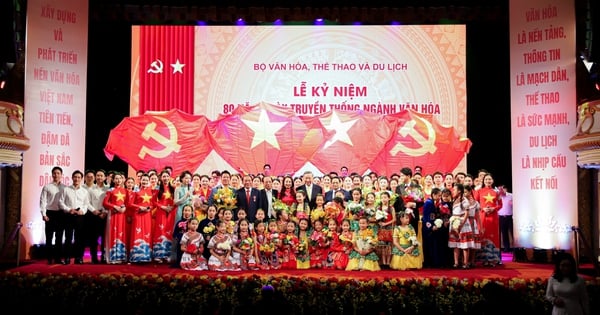


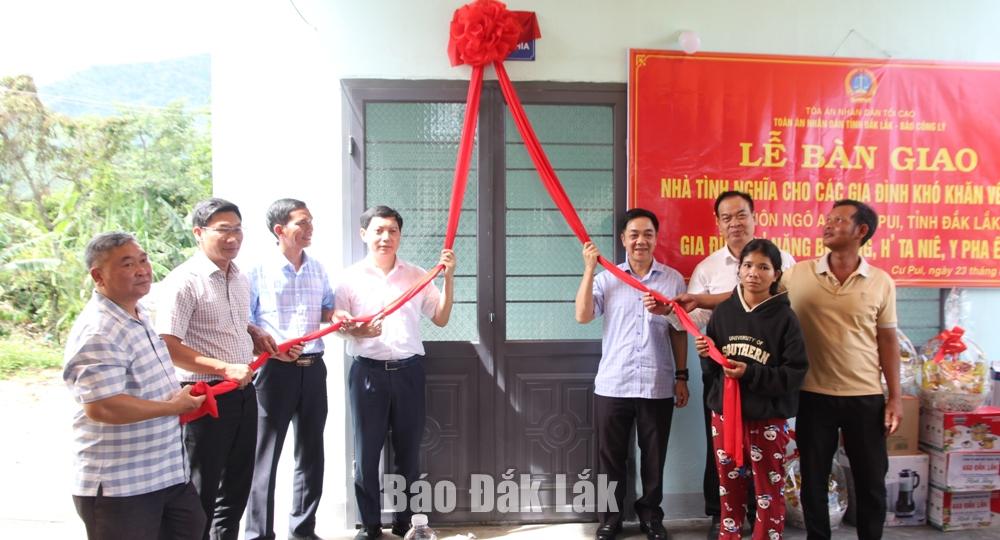

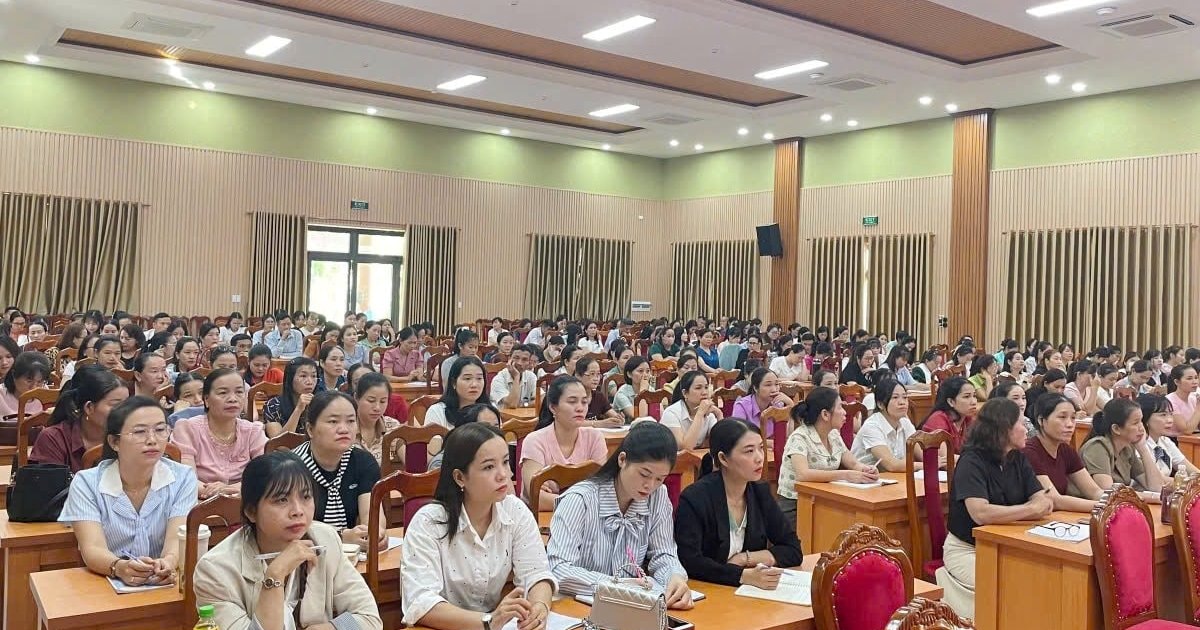
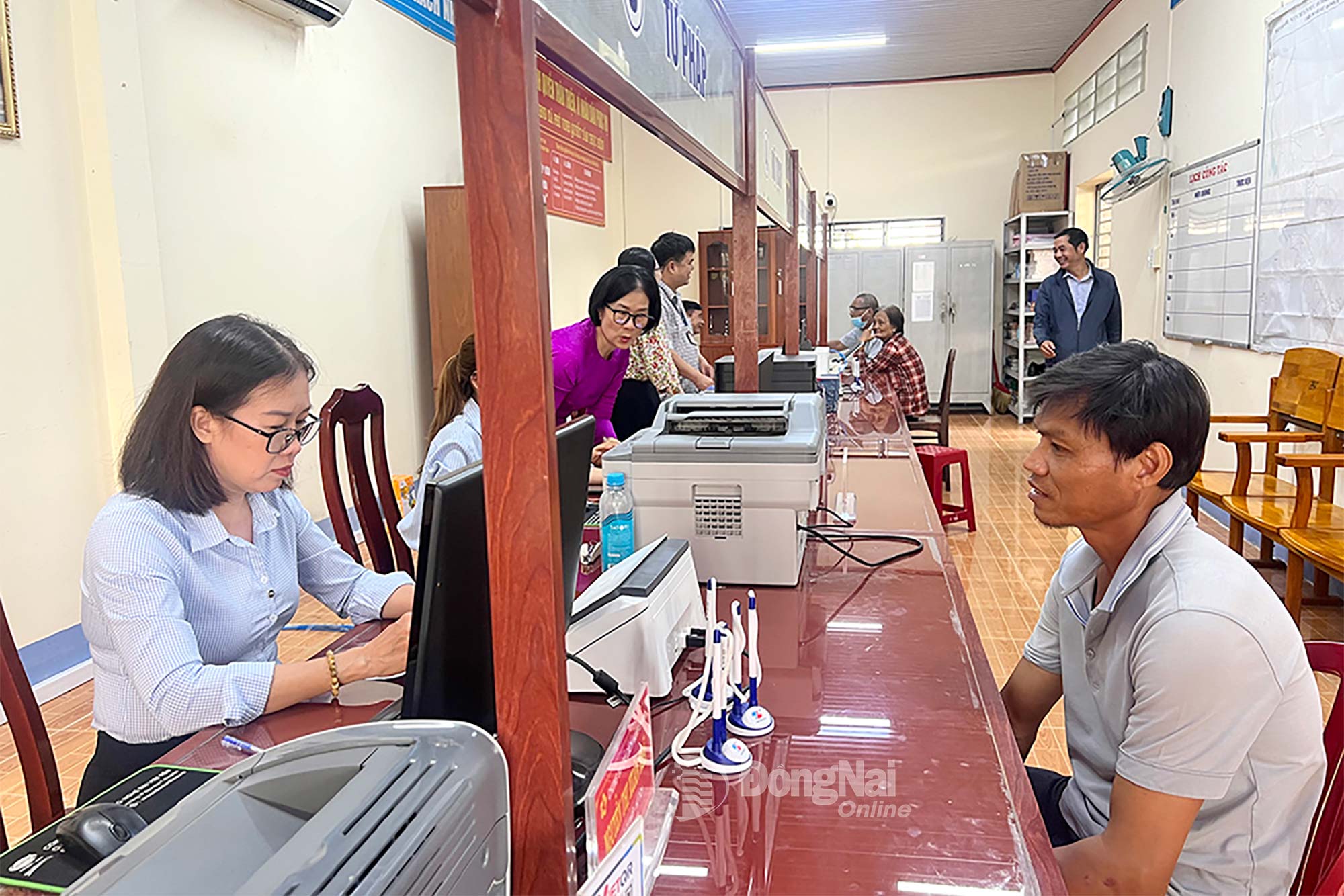

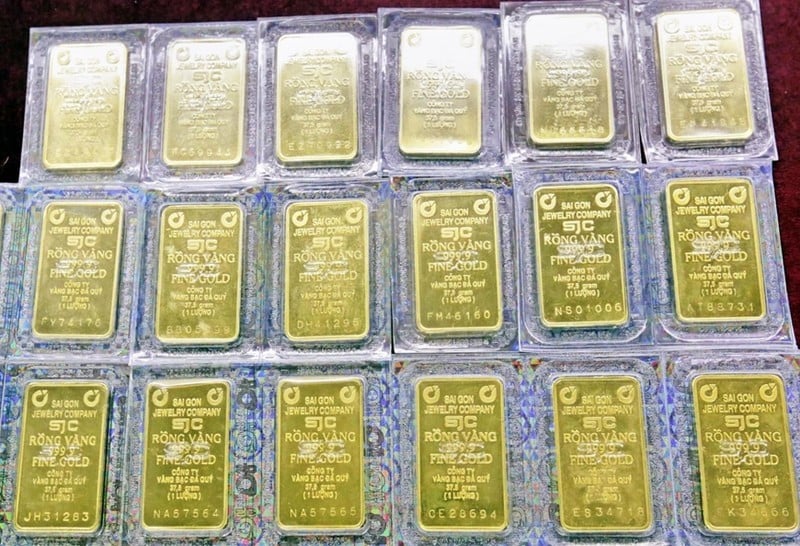
















Comment (0)